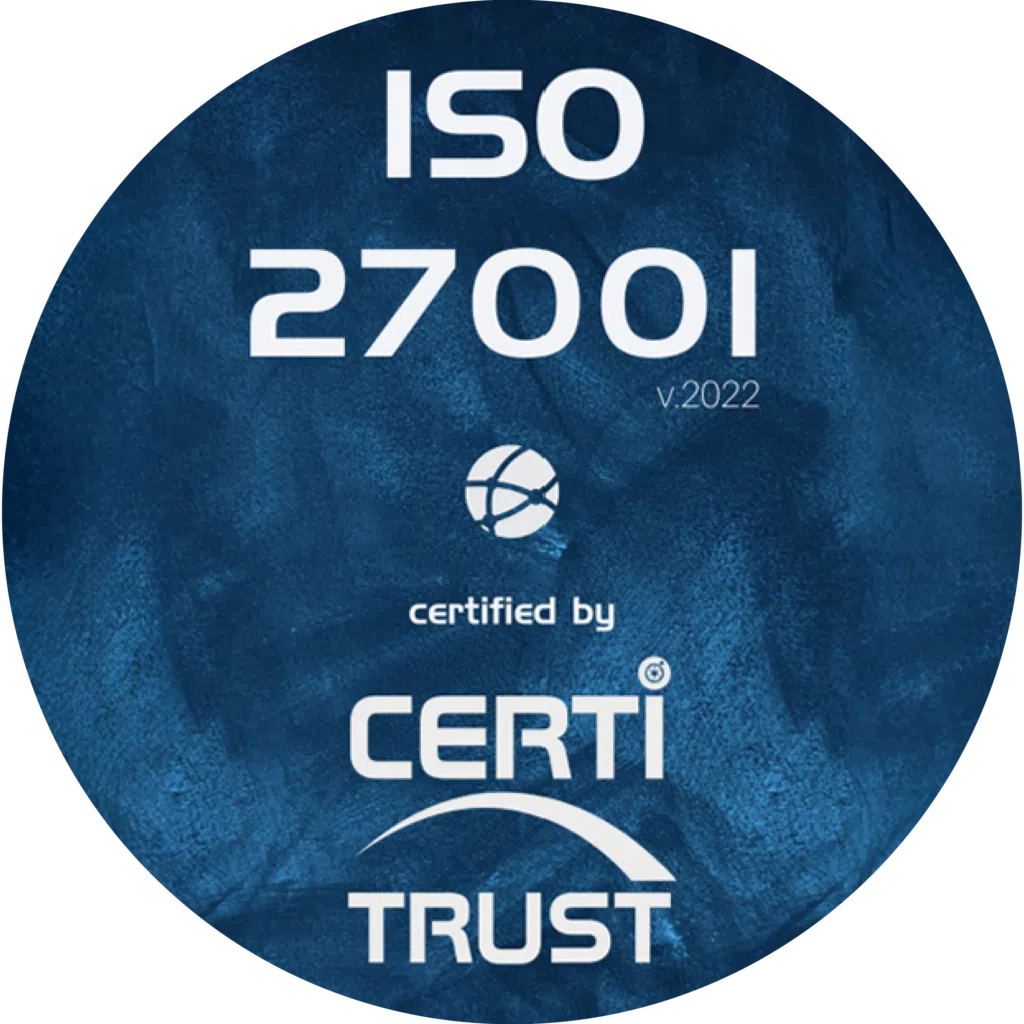It is essential for a company that the purchasing process takes place under the best possible conditions. To ensure that this is the case, there is one infallible parameter to check: the duration of the process. This indicator determines the cost of placing an order and has a multitude of consequences for companies. Having a good understanding of the factors that affect the normal duration of the purchasing process helps you to manage them more effectively. How long does a company’s purchasing process take? There is no precise answer. But how can you ensure that your purchasing process takes a normal amount of time? This article provides the answer.
What impacts the duration of the purchasing process?
For a company to achieve the best possible general conditions for its purchasing, certain steps need to be followed to the letter. From a theoretical point of view, the first stage must be completed before moving on to the next, and so on. The aim is not to complete these steps as quickly as possible, but to find a good compromise between reducing the time required and getting the job done properly. If the steps take too long, it can be detrimental to the business.
Digitising processes is very effective for the purchasing process and optimises lead times by automating tasks. In addition, training and empowering human resources ensures that they have a good command of their field and perform the required tasks as quickly as possible. On the other hand, adding procedures and overloading logistical capacity have an impact on the normal duration of the purchasing cycle. Gathering technical specifications from internal specifiers may seem time-consuming, but it is necessary.
On the other hand, passing a sign-off sheet through a multitude of departments and people to approve the expenditure is not. The absence of the staff responsible for certain operations can make your processes longer from time to time. Make sure you have predefined alternatives.


Stages in the purchasing process
The duration of the purchasing process can be estimated on the basis of the stages required, and then by estimating the time between each task. These stages include the following:
- Identifying the company’s needs
- Sourcing suppliers,
- Analysing and evaluating the bids received,
- Approval of theselected offer,
- Processing the supplier invoice,
- Acceptance of goods.
Ideally, you should not set too strict deadlines for these stages. This would mean rushing through tasks that need to be done meticulously.
For example, an agent in charge of purchasing management needs to carry out an in-depth analysis of bids, particularly with regard to the logistical aspects of each supplier. This enables them to assess whether their offers are in line with the company’s needs. This stage should not be rushed. The agent may be missing crucial information. Delays can come from stakeholders. Supplier audits are good purchasing practice to ensure the reliability of the process. Lastly, depending on the company’s commercial conditions, purchasing processes must be completed within the allotted time.
Why the duration must be optimised
When the purchasing process takes too long, the company suffers negative consequences. It runs the risk of burning up its resources unnecessarily just to carry out tasks with low added value. For example, excessively long purchasing cycle times can have an impact on your production capacity. Long processing times also mean the risk of late supplier payments. Purchasing organisations can reflect the health of a company.
In fact, the aim of such a process is precisely to avoid using them in a way that is inappropriate for a company’s resources. In other words, to ensure financial security while safeguarding the company’s interests.
The less time the purchase process takes, the earlier the company can start operations. If a company is unable to start trading because its stock is not yet ready, it is subject to virtual losses of varying magnitude. Fortunately, there are a number of steps that can be taken to ensure that the purchasing process does not take too long.
Ensure that the purchasing process takes as long as possible
It is in a company’s best interests to ensure that it has the most optimal purchasing department possible. Having a purchasing department audited is therefore a strategic decision for a company from the moment it starts to grow. This involves entrusting an agent from outside the purchasing organisation with the task of checking that the purchasing process complies with the required standards.
If the purchasing process is not optimal and the agents do not follow the instructions for carrying out the tasks, the cause must be identified quickly. On the other hand, if the task takes too long to complete, despite instructions being followed to the letter, the purchasing strategy needs to be reviewed. The company and its management bodies (purchasing department, general management) are invited to work together to examine what improvements can be made in this area.
To conclude
Generally speaking, the duration of the purchasing process should be optimised for the benefit of the company. Staff training and a clear procedure have an impact on this time. But there’s also the use of dedicated software solutions like Weproc, which is a SaaS purchasing management software available on a mobile application to speed up the process.
Want to learn more about our Weproc procurement management software?
Contact us or request your 15-minute demo below!








